Operation Overlord, the Allied invasion of occupied Europe commonly known as D-Day, saw the 6th Airborne Division in action for the first time.
A mass deception operation had convinced the Germans that the assault would come directly across the channel, but the real target was to be Normandy.
The 6th Airborne Division had been formed in May 1943 for the Invasion. It was called the ‘6th’ to fool the Germans into believing there were five other airborne divisions already in existence, but in reality there was only the 1st in addition.
The airborne element of this operation was to be known as Operation Tonga, and for months the men of the 6th Airborne Division were drilled in their specific part in the operation, from both seizing and destroying bridges, assaulting a gun battery and securing a foothold for additional forces landing from the sea to exploit.
Bad weather postponed the invasion by 24 hours, but from the evening of the 5th June 1944 emplaning began. Up to 1,500 aircraft flew 13,000 soldiers from the American 82nd and 101st Divisions alongside 7,000 British paratroopers and air landing infantry and support units in gliders from the 6th Airborne Division into the night skies to head to Normandy. The 22nd Independent Parachute Company pathfinders marked the British drop zones.
Marginal winds and heavy German flak widely scattered the drop so that only 40% of the Division could form up for its initial tasks. The coup de main glider assault on the Orne River and Canal bridges was totally successful, spearheaded by the Glider Pilot Regiment and the Ox and Bucks. Despite gathering only 150 of 600 men needed by Lieutenant Colonel Otway’s 9th Para Battalion to assault the Merville Battery, he stormed it with what he had, occupying it, but losing half the assault force.
The bridges across the Dives River were destroyed on time by Airborne Engineers. Savage scattered fighting broke out over the 24 square miles of enemy territory the division was required to subdue, as scattered and often leaderless bands of paratroopers fought on regardless. German troops who would otherwise have been directed against the invasion beach-head were pinned down.
By the end of D-Day seaborne commandos and infantry relieved the coup de main party reinforced by 7th Para Battalion at ‘Pegasus Bridge’ on the Orne River. Much-needed glider-borne infantry from 6th Air-Land Brigade landed that evening, as part of Operation Mallard.
Four days later the Germans attempted to push through the airborne sector protecting the invasion beaches at Breville. Counterattacks by German infantry supported by tanks were beaten off in a battle that raged to and fro for 48 hours. Breville was finally captured and held but at an enormous cost, thereby saving the invasion lodgement.
Fighting increased throughout June and July with the Division engaged in intense fighting to hold the eastern flank of the Normandy bridgehead. In August the Division participated in the general Allied break-out to the River Seine.
The 6th Airborne Division was not withdrawn for re-constitution until the 27th August, having spent 82 days non-stop action in the line. Losses were sobering with 542 killed, 1,623 wounded and 725 missing.
Almost one man in five was a casualty.
Seven battle honours were awarded to the Parachute Regiment for Operation Overlord, of which three are borne on the Queen’s Colour.
Battle Honours conferred for Operation Overlord:
Normandy Landings
Breville
Pegasus Bridge
Merville Battery
Dives Crossing
La Touques Crossing



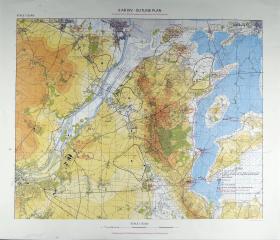





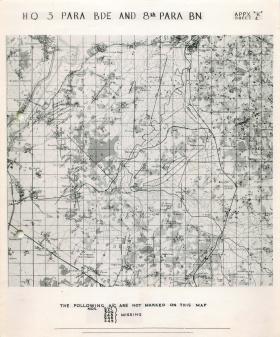
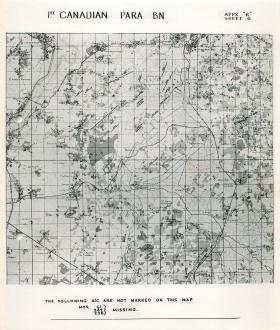



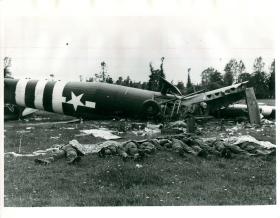
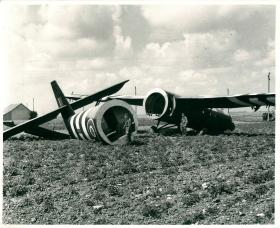

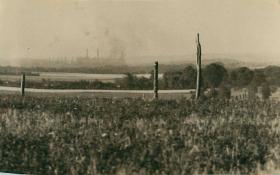





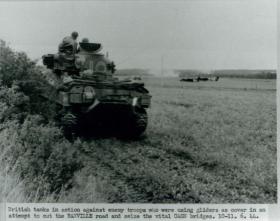
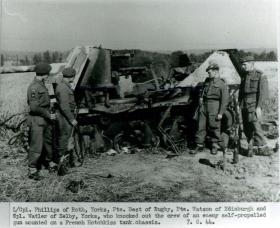


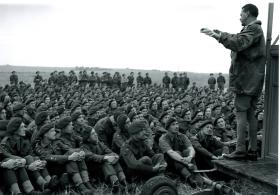

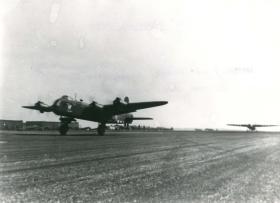
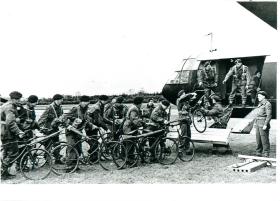







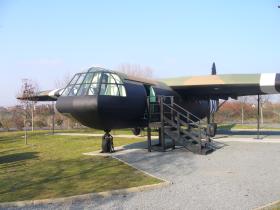










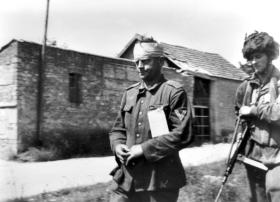


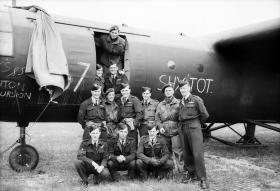


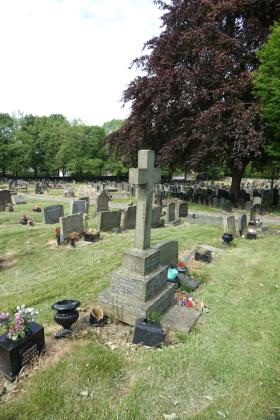


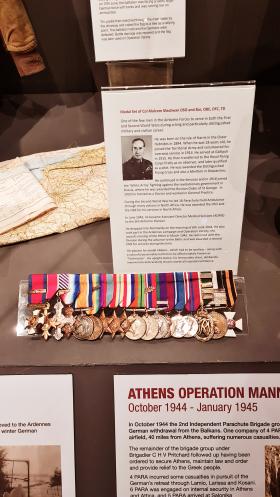








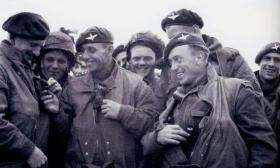

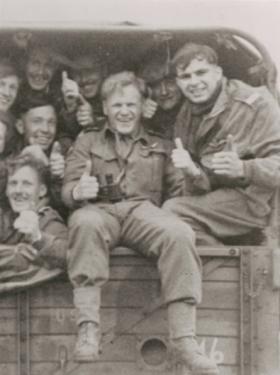


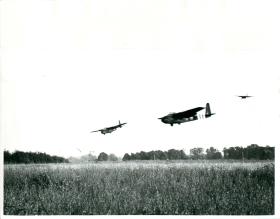
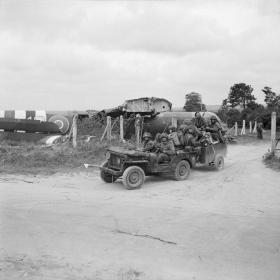

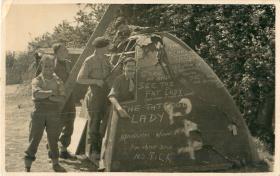
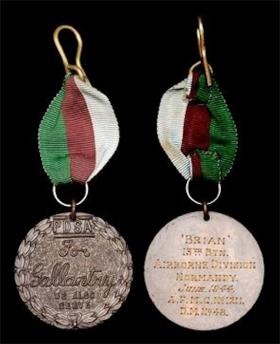

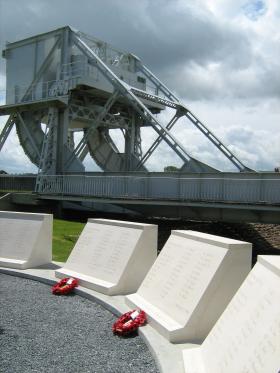









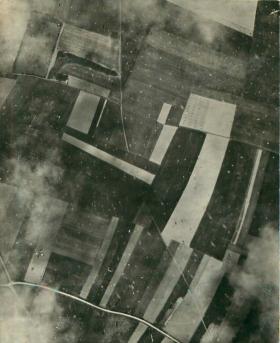


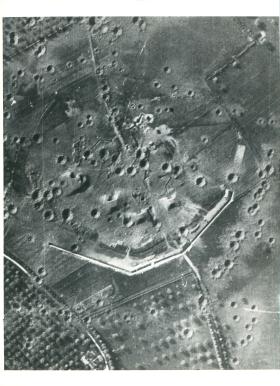
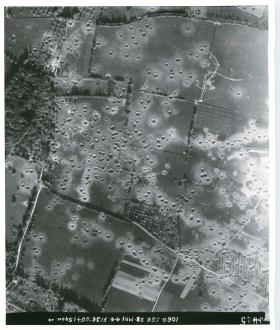

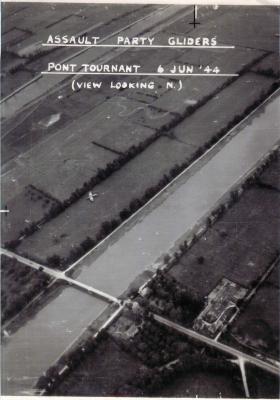

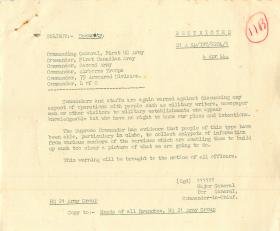
















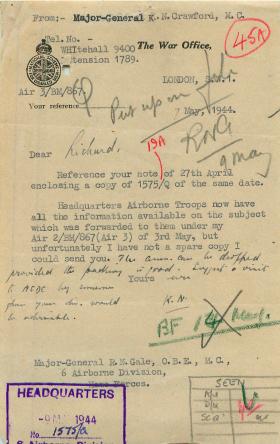

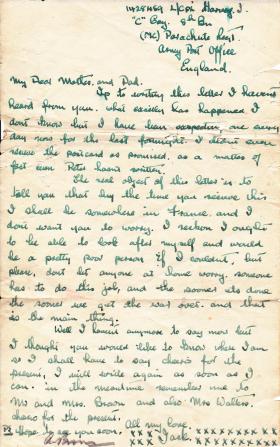
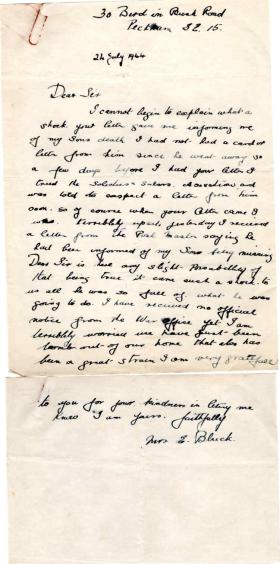

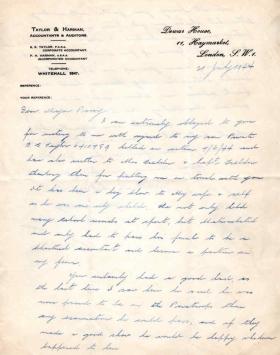

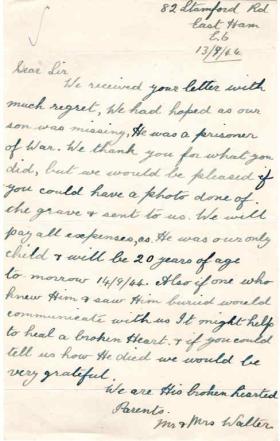

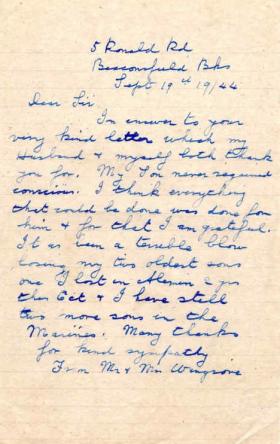
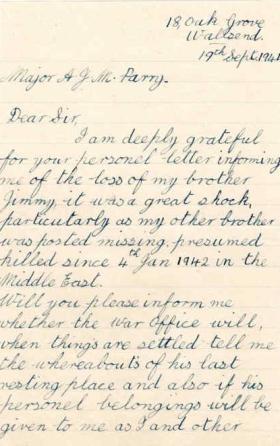


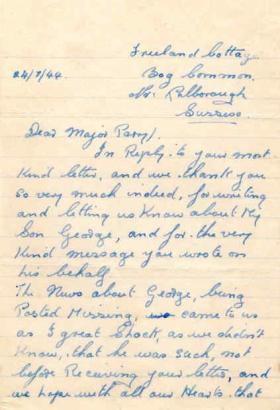



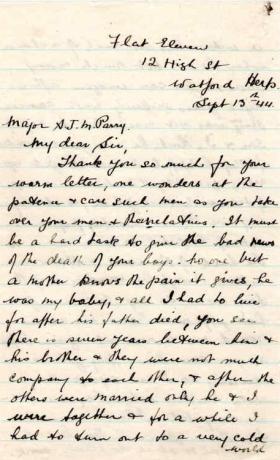
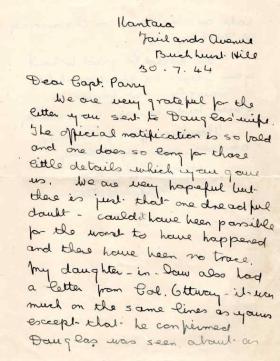



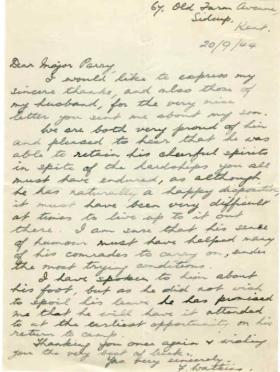












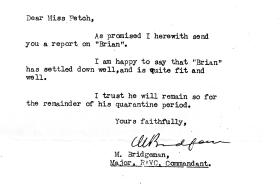






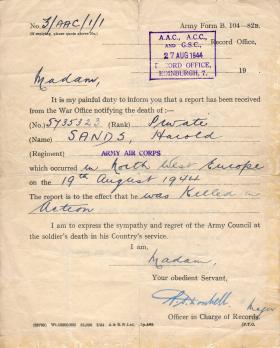




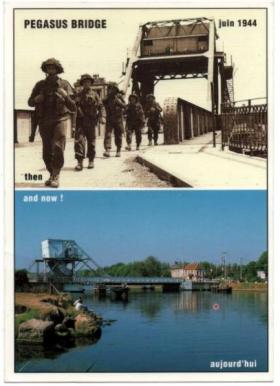




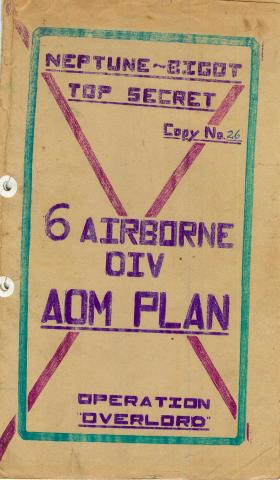
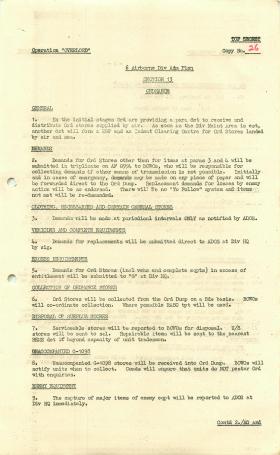

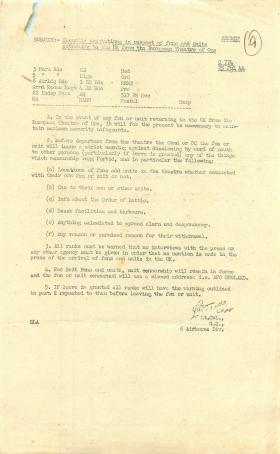
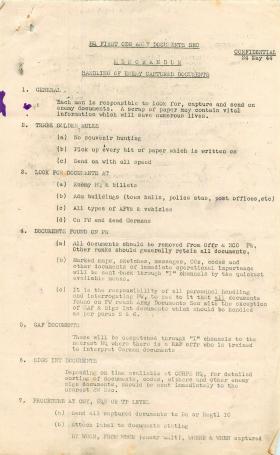





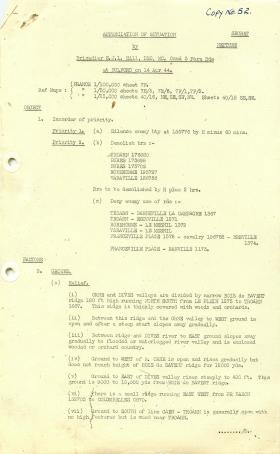

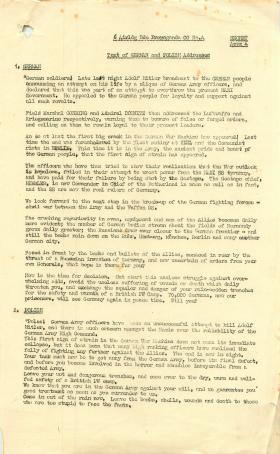






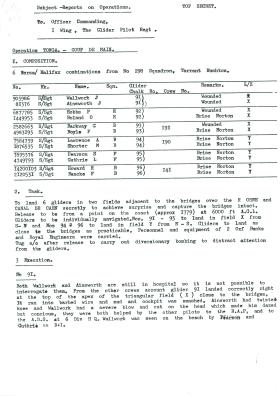



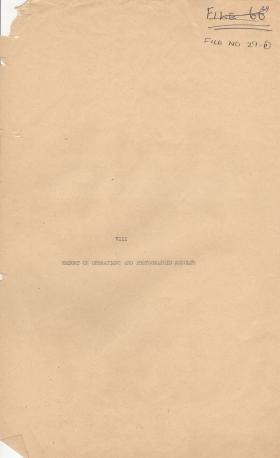


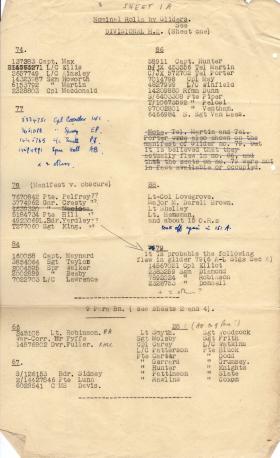





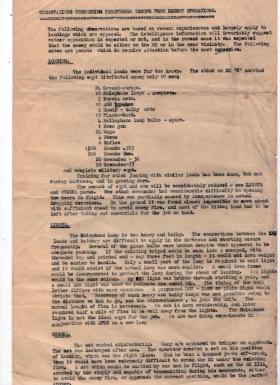


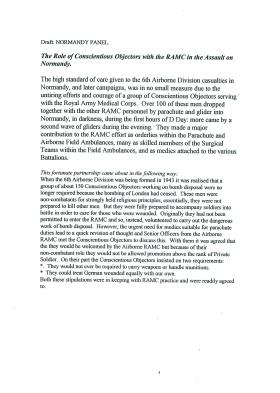



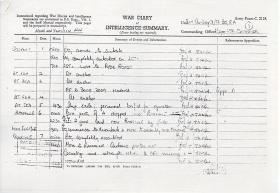

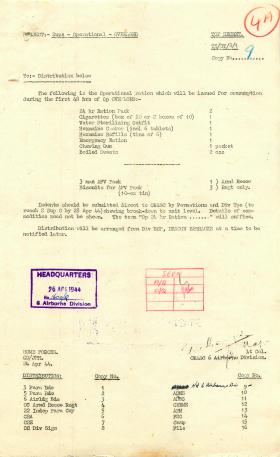


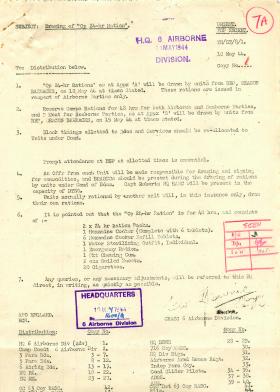








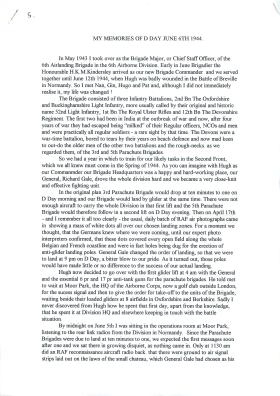

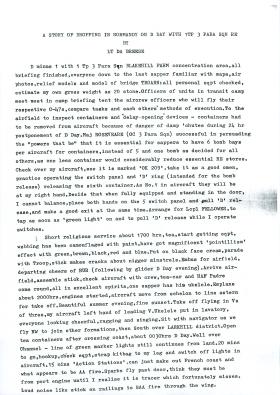




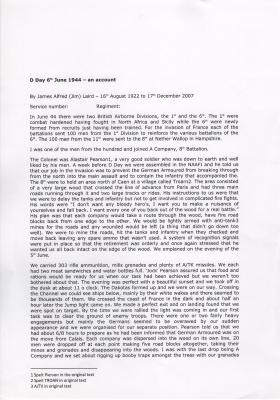






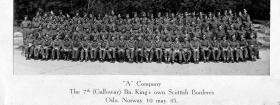



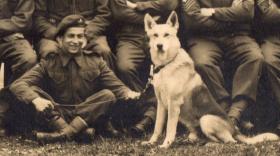

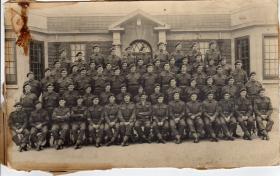




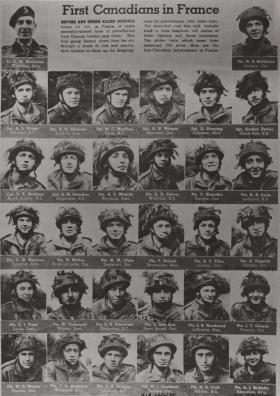










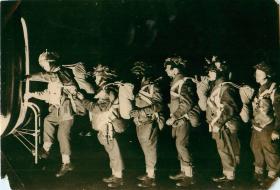


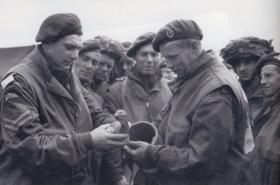
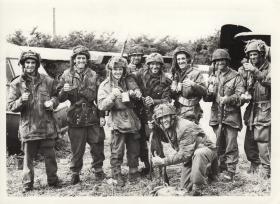










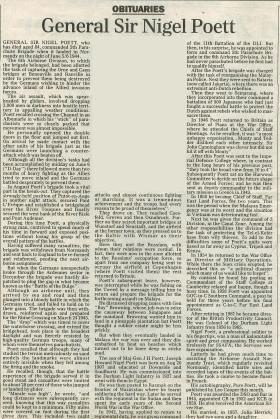
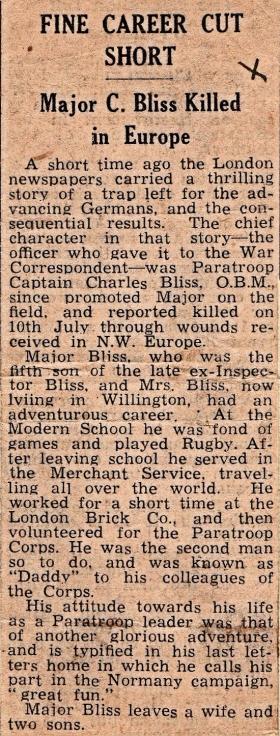

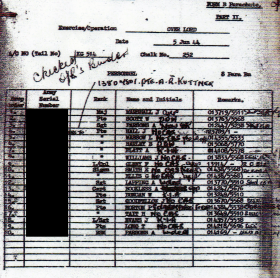

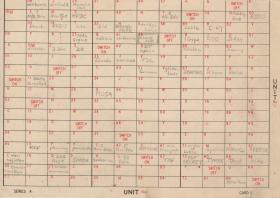


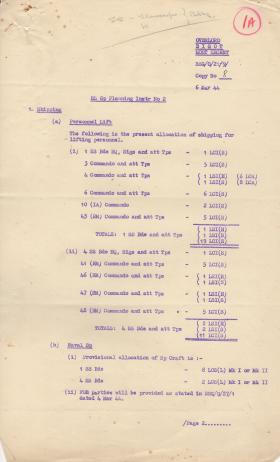









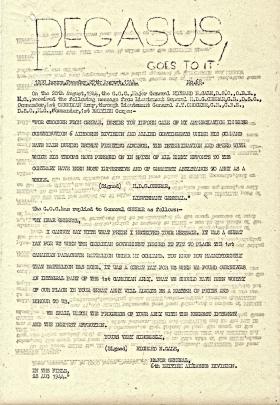




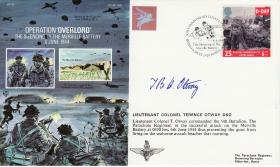

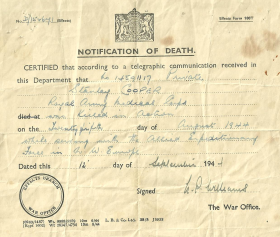



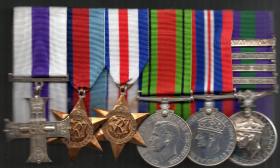
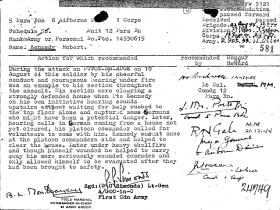






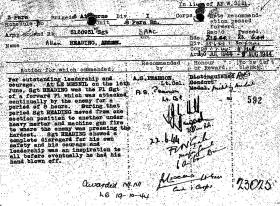
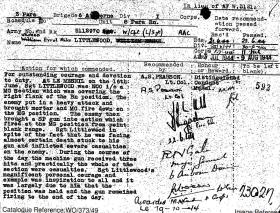

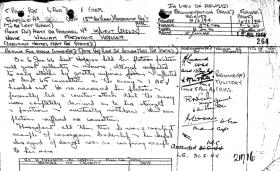
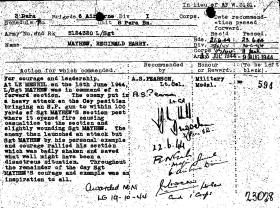








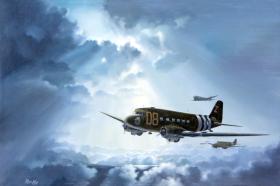














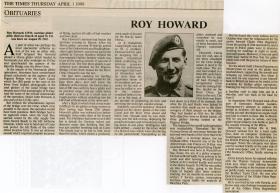


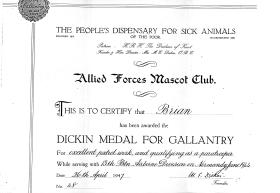
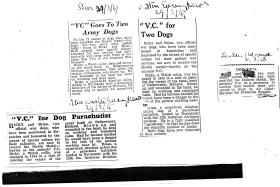
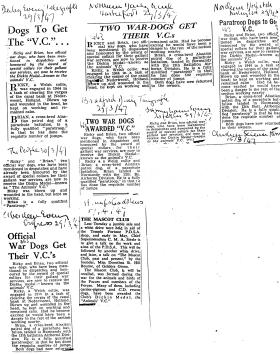

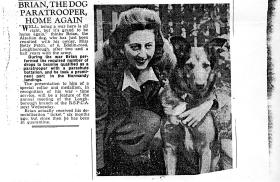
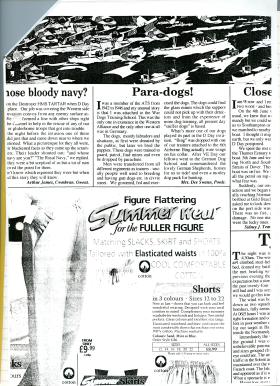







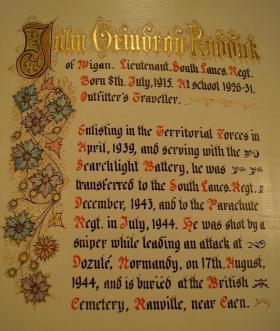

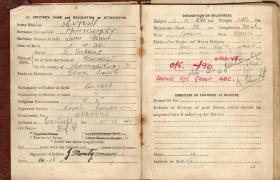










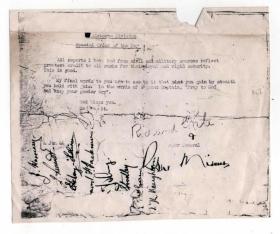
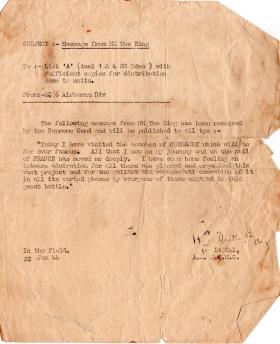






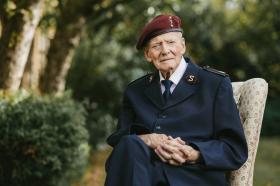
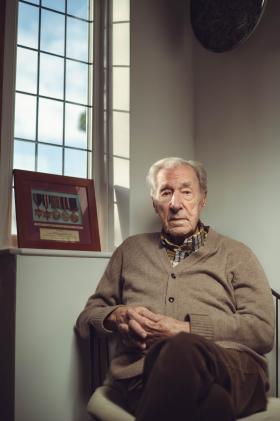



















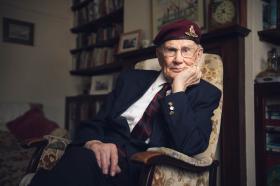
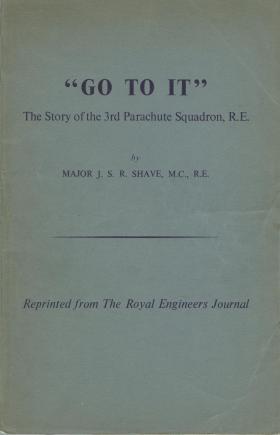




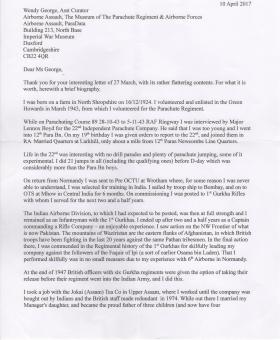






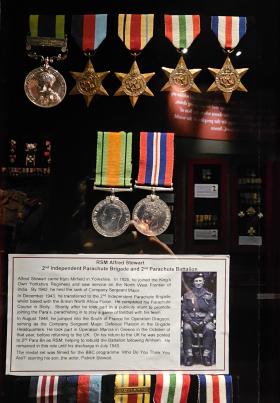
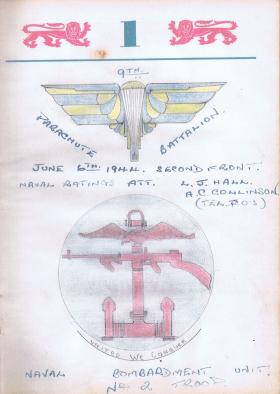




Latest Comments
There are currently no comments for this content.
Add Comment
In order to add comments you must be registered with ParaData.
If you are currently a ParaData member please login.
If you are not currently a ParaData member but wish to get involved please register.